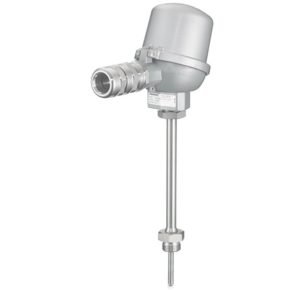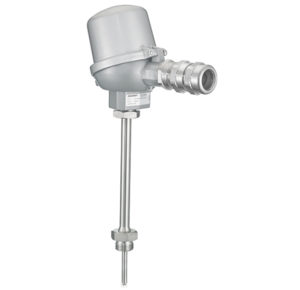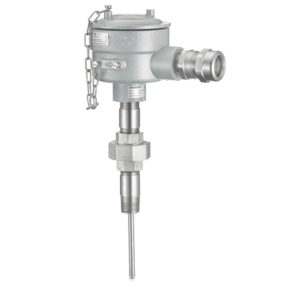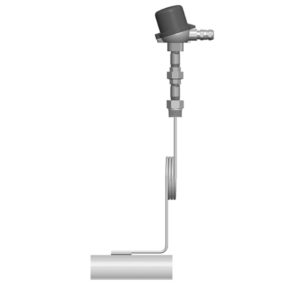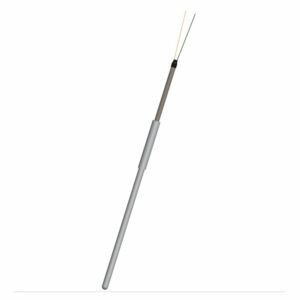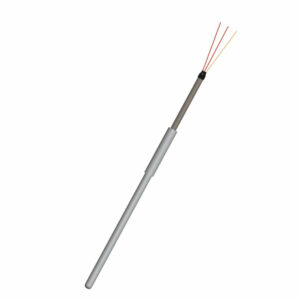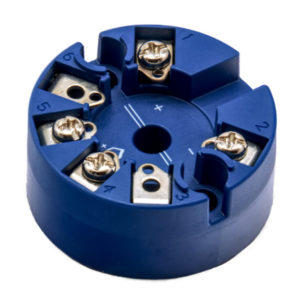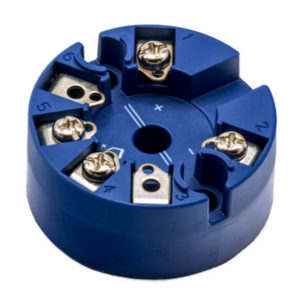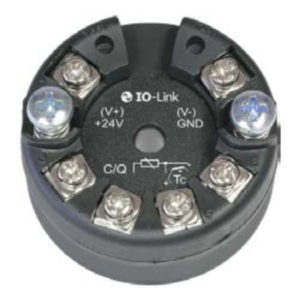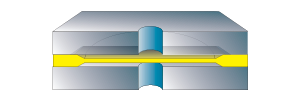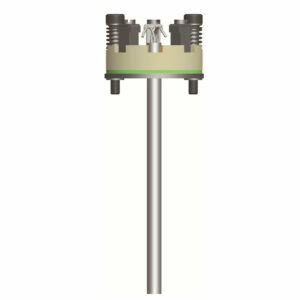

S96 MultiPoint Temperature Sensors
S96 MultiPoint Temperature Sensors
Features & Properties
Use & Application
Downloads
Features & Properties
Use & Application
Downloads
Installation + Maintenance
Declaration of Conformity
Industry Brochures
Ashcroft® offers S96 multipoint temperature sensors with multiple temperature sensing points housed in a protective sheath. They are available in large diameter and compact designs, and are custom designed with plant instrument, process, maintenance and reliability teams to meet each vessel’s specific requirements.
Key Features
Multi-thermowell flanged assemblies with guide tube and compression devices
Straight multipoint for reactors with spring-loaded thermal blocks or welded heat transfer blocks
Flexible multipoint for reactors with mineral insulation cables with standard, reinforced or double wall
MultiOne thermocouples for reactors offer multiple sensing points along the length of MI-cable at various predetermined locations inside the catalyst bed
Multipoint accessories for reactors, such as: metal brackets, wall-mounting devices and soldering clip sources of thermal dissipation
Markets & Applications
Chemical and Petrochemical
- Specifications
- Downloads
Installation + Maintenance
Declaration of Conformity
Industry Brochures
- Category: Electronic Temperature Devices
We’re glad to be there for you personally.
Siamo personalmente a vostra disposizione!
Nous sommes personnellement là pour vous.
Şahsen yanınızda olmaktan mutluluk duyuyoruz.
We zijn blij dat we er persoonlijk voor u kunnen zijn.
Wir sind persönlich für Sie da!
Siamo personalmente a vostra disposizione!
Nous sommes personnellement là pour vous!
Select your Region!


